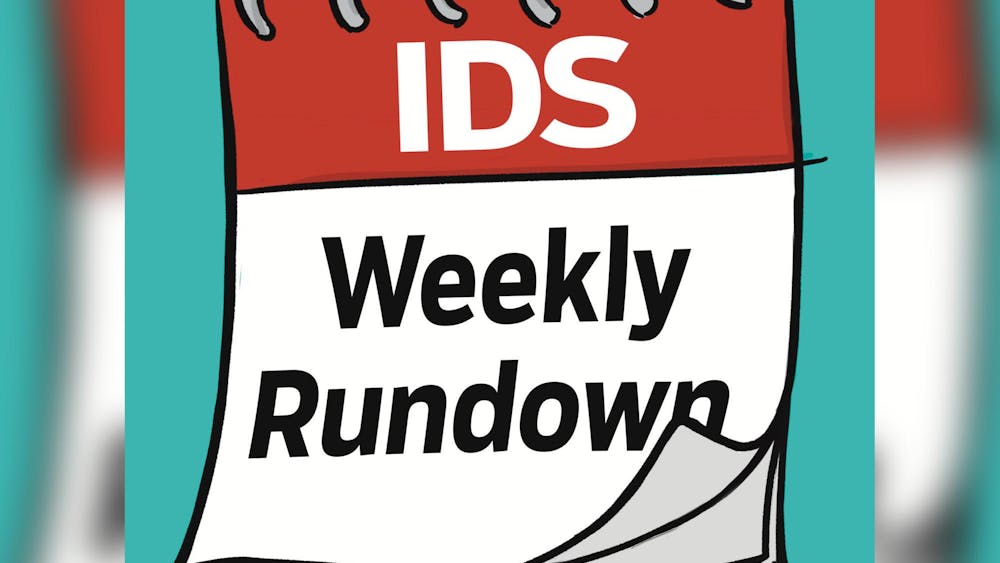College is expensive.
But for current students and some college graduates, relief is on its way. President Obama announced to a crowd of students Oct. 26 at the University of Colorado his new “Pay As You Earn” or “Know Before You Owe” executive order will alleviate some costs by lowering student loan interest rates to half a percent and consolidating them for nearly 6 million borrowers.
Obama’s executive order will also allow students to pay 10 percent of their discretionary incomes per month to federal loans. With the present law, students have to pay 15 percent of their discretionary income. The loan repayment will be forgiven after 20 years instead of 25, as current law stipulates.
The new proposal will address student debt in January 2012.
Provisions for the new proposal could also benefit up to 1.6 million low-income students, although there is no official definition of “low income.”
Additionally, borrowers who took out loans before 2008 do not qualify for the interest rate changes, and students who have both a Direct Loan and a Federal Family Education Loan can only consolidate their payments.
Neil Theobald, the chief financial officer for IU, said the new program saves a decent amount of money.
“It’s a good effort, in two pieces,” Theobald said.
“One, it simply takes students who previously had had two loan payments that they’re going to have to make for years and has them consolidate it together if they can and provide some incentive to do that.”
Theobald said the decreased interest rate will save students — who on average graduate from IU with $16,000 of debt — $80 per year.
"Any amount helps,” he said. “But it’s not going to turn quarters for anyone.”
The program, which is part of a series of executive actions to increase the employment rate for Americans, will go into effect at no cost to taxpayers since it will be paid for by the elimination of federal subsidies to private banks once the loans are consolidated.
However, interest rates for subsidized Stafford loan borrowers, which are currently at the same rate for unsubsidized loan borrowers, are set to double next July.
“The difference for me between 10 percent and 15 percent of my disposable income is negligible, particularly because I don’t really have any disposable income,” said former IU student Charis Heisy, a facilitator with Occupy Bloomington. Heisy, who doesn’t qualify for the consolidation or the lowered interests since she took out loans before 2008, said she thinks the reforms are small steps designed to placate the public opinion.
“I don’t know what the answer is, but, to me, this plan doesn’t make much of a difference,” she said.
Any federal change that directly concerns college payment is on many students’ radars, including Occupy Facilitator for OccupyColleges Natalia Abrams, who is a recent graduate of the University of California, Los Angeles.
“Now everything is over. Everything is better now. There was not that feeling at all,” Abrams said about the members of OccupyCollege, which Abrams said doesn’t necessarily address student debt.
Despite student debt set to reach $1 trillion — more than the credit card debt in the nation — Theobald said students will make $1 million more with a college degree than if they were to have just a high school degree.
“There’s nothing wrong with debt as long as you plan for how you’re going to pay it back, and you’re using that tool wisely,” he said.
Obama to make student loans ‘pay as you earn’
Get stories like this in your inbox
Subscribe





